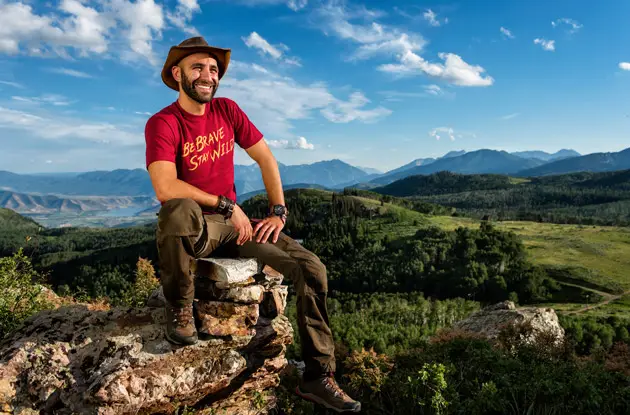
Coyote Peterson Talks New Book, YouTube, and Intentionally Getting Stung and Bitten
YouTube star and author Coyote Peterson shares his tips for exploring the great outdoors and turning your passion into a career.

YouTube star and author Coyote Peterson shares his tips for exploring the great outdoors and turning your passion into a career.


